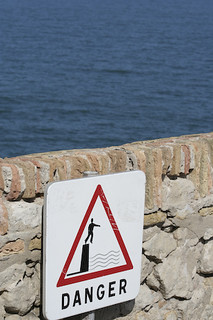
Throughout its history, one of the safety valves for our nation has been a broadly held belief in the “American Dream”–the idea that anyone can rise from nothing to great success. Let’s acknowledge that this has never been actually true. Poverty, discrimination, and a host of other social ills have meant that the actual percentage of people for whom that dream was possible was small. However, belief in it has been pervasive among a large section of the population. As a result, unrest and rioting over economic conditions–and make no mistake there has been a good deal, especially around union action–has been limited in comparison to that found in other countries.
As I wrote last time:
I fear that the rampaging growth of income (and most other) inequality is going to be a raw wound on the other side of this crisis and that the nonprofit arts industry could be caught up in a widespread reaction against it. . . . A recent New York Times article–Portrait of a Vulnerable Nation–demonstrated how the “haves” have gotten exponentially “havier” while the rest of the population has seen little or no improvement or, worse, deterioration in their situation over the past 40 years.
We now stand at a point where a new generation is going to be less well off than their parents. Belief in the American Dream has been on the decline for some time. And the reality of people’s experience with the pandemic is revealing class divides in ways that are stark and jarring.
This inequality or, to be more accurate, systemic injustice will be far more difficult to ignore than it has ever been. Awareness has been building over the last decade in particular from the Occupy movement to the Sanders and Warren campaigns.
The economic fallout from the coronavirus has been and will be cataclysmic, but its effects, especially once a rebound begins, will be far worse and recovery will be far slower for the bottom 90% than for the top 10%. And worse still for the middle and lower economic classes.
This is a deeply perilous prospect for the nonprofit arts industry. In the minds of many, we are closely associated with the economic and social “elite.” This may bode ill for those of us who work in this sector. That’s where I’ll begin next time.
Engage!
Doug
This blog post is part of a series. If you’d like to see the whole series in one place, click here.
Photo:

